With the growing global awareness of sustainable development, the manufacturing industry has increasing environmental demands for materials. PETG, as a multifunctional eco-friendly plastic, has emerged as an ideal alternative to PC and PMMA materials, flourishing in various domains.
In the upcoming content, we will delve into the critical processes, technical nuances, and common applications of PETG in injection molding. If you’re interested, contact us now for a PETG injection molding quote!
What Is Polyethylene Terephthalate Glycol?
Polyethylene terephthalate glycol(abbreviated as PETG ),is a transparent, non-crystalline co-polyester made by ternary esterification of ethylene glycol, terephthalic acid and malonic acid, which is a thermoplastic polyester-like material.
It has excellent transparency, chemical resistance, impact resistance and easy processing, etc. It is widely used in construction, medical, industrial and other fields, replacing traditional PVC and polycarbonate (PC) and other materials, and has become one of the most popular materials on the market.
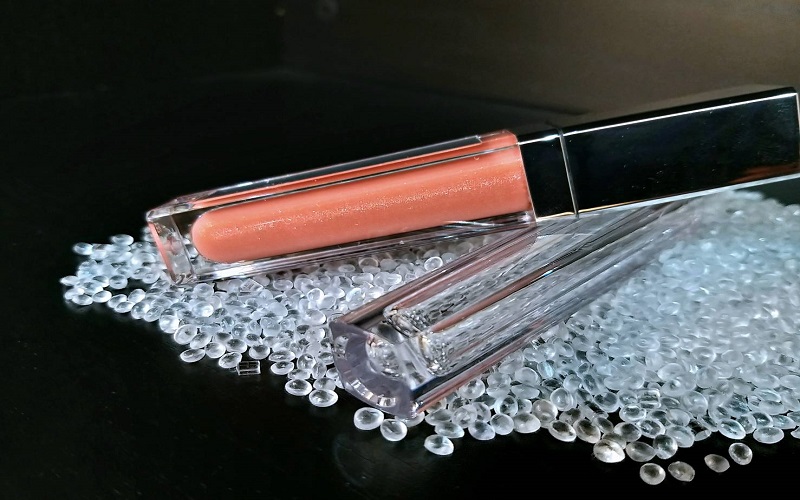
What Are The PETG Material Properties?
Compared with PET, it has more 1,4-cyclohexanedimethanol copolymerization monomer, and compared with PCT, it has more ethylene glycol copolymerization monomer, so the performance of PETG is quite different from PET and PCT.
Plasticity
PETG material possesses strong plasticity and flexibility, with certain shape-memory characteristics. This allows for the creation of a variety of product shapes, making it suitable for goods requiring intricate designs and forms.
High Transparency
PETG offers excellent transparency and light transmittance. Some materials can achieve a light transmittance rate of up to 90%, giving it a crystal-like luster. Its toughness exceeds that of acrylic, making it ideal for manufacturing transparent plastic products.
Impact Resistance
The impact toughness of PETG is outstanding, approaching or even surpassing that of polycarbonate. It can remain undamaged for extended periods in high-strength, high-pressure environments.
Environmental Friendliness
PETG is a recyclable material. When completely burned, it only leaves behind CO2 (carbon dioxide) and water, reducing environmental pollution and resource waste during the recycling and regeneration process.
Additionally, it can be incinerated without producing harmful substances.
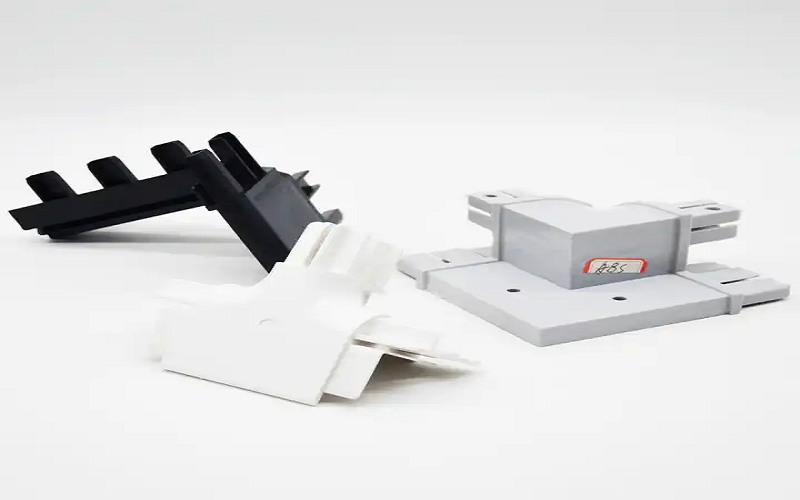
What Are The Disadvantages Of Using Injection Molded PETG?
Although PETG material has many advantages, it also has some problems. For example, the material itself is not hard enough to scratch easily, which requires care.
In addition, PETG plastic is not strong enough to withstand heavier loads, so careful consideration is needed when using it.
And in the field of general injection molding, the requirements of the mold are slightly higher, while the heat distortion temperature is only 75 degrees, this processing temperature range are stricter than other transparent materials, the process has some difficulty.
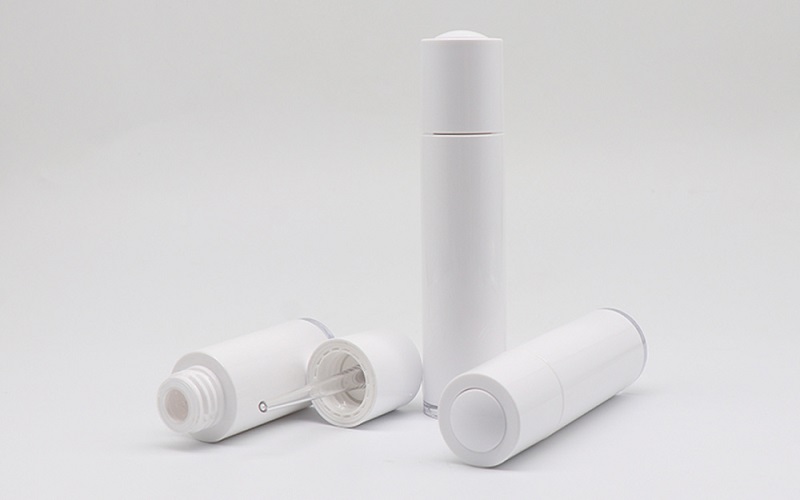
Conditions For PETG Injection Molding
Compared to traditional plastic processing techniques, PETG injection molding can achieve higher production efficiency and lower production costs.
However, it’s worth noting that injection molding also comes with its set of challenges and limitations, such as higher costs for mold design and maintenance, and the potential generation of waste during the production process.
Therefore, when using PETG molding, appropriate design and operation should be applied based on the specific circumstances.
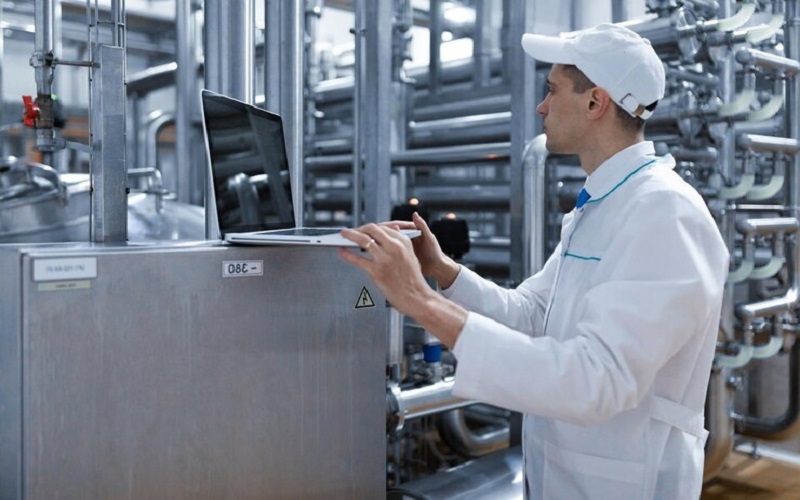
Machine Cleaning
Before injection molding with PETG plastic, it is essential to clean the machine using transparent PC or PS material or a specialized screw cleaning agent (like Asu Plastic Clean). Do not use other transparent materials like PMMA, ABS, or AS for cleaning; otherwise, a chemical reaction might occur in the barrel, leading to product discoloration and opacity.
Drying Process
It’s crucial to adopt the best drying procedures to prevent PETG parts from showing defects like haziness, splay, and cracks. It’s recommended to use a dehumidifying dryer capable of reaching a -30°C dew point. Typically, set the temperature between 60-65°C for a drying duration of 4-6 hours.
Injection Speed
At the beginning of cavity filling, it’s suggested to use an injection speed of 10% to 20%. Then, gradually increase the injection speed to 40%-80% to complete the subsequent filling, preventing defects like gate marks or cracks.
Cooling Time
PETG has a relatively slow cooling rate and medium viscosity. The temperature and molding cooling time should be set based on the mold structure and product thickness.
The sprue’s demolding angle should be designed between 3-5°, or else the sprue might stick to the mold.
PETG Injection Molding Process Conditions | |||
Melting Temperature (℃) | 220~290 | Mold Temperature (℃) | 15~40 |
Injection Pressure (bar) | 300~1300 | Back Pressure (MPa) | 0.7-1.0 |
Screw Speed (%) | 60-70 | Screw Temperature (℃) | 220~290 |
Applications of PETG Molding
PETG, with its high transparency and outstanding impact resistance, is particularly suitable for molding thick-walled transparent products.
Its excellent processability allows for design in any desired shape, adhering to the vision of the designers. It can be processed using traditional injection molding methods and is widely used in various domains.
Additionally, its post-processing properties are commendable, allowing for conventional machining and modifications.
3D Printing
In the 3D printing industry, PETG material, due to its lower viscosity and excellent adhesion properties, results in parts with smooth surfaces and rich details. It’s an excellent choice for creating components, decorations, and artworks.
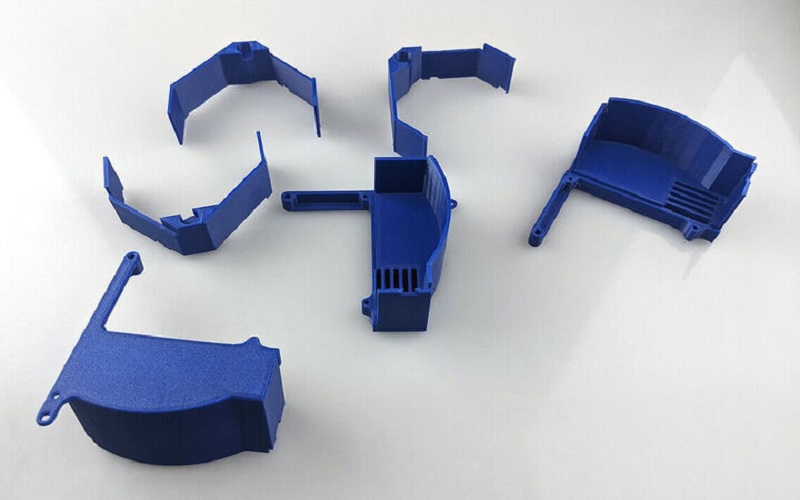
Consumer Products
PETG injection-molded products, known for their superior transparency and gloss, are often used to make household utensils like cups, salad bowls, salt containers, and pepper shakers.
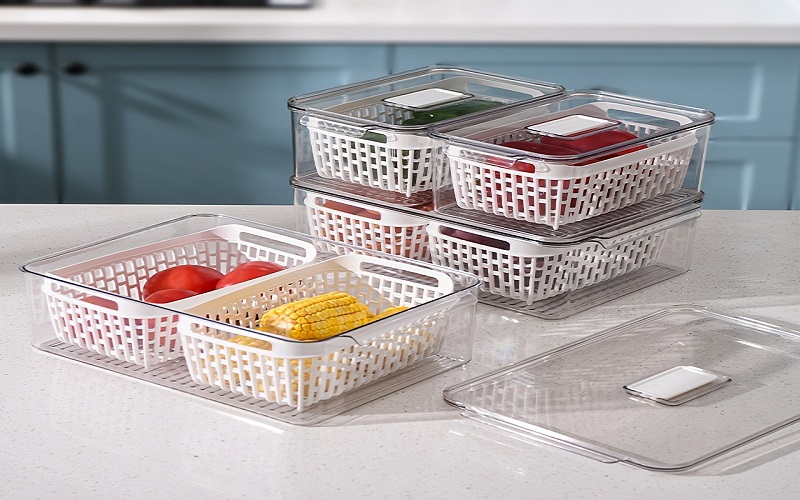
Medical Industry
Given its good chemical resistance, transparency, and toughness, PETG is widely utilized in the medical field. It’s used to manufacture various transparent medical accessories.
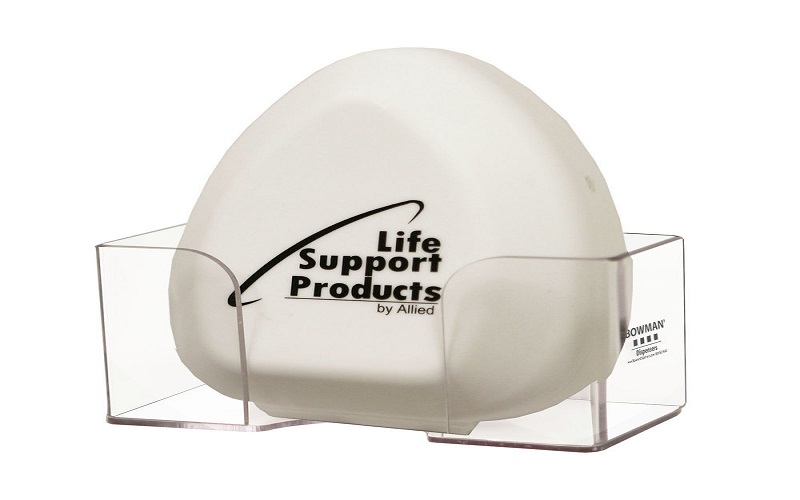
FOWMOULD:PETG Injection Molding Service
For over 40 years, FOWMOULD has been dedicated to providing businesses with a one-stop injection molding service.
From product design to actual production, we can customize cost-effective injection molding solutions for you.
In addition, FOWMOULD has assembled a team of professionals in design and manufacturing, boasting experience with hundreds of resins.
We commit to using only the highest quality PETG materials, ensuring the production of top-notch plastic products.
Lastly, based on your product quantity and delivery schedule, FOWMOULD’s physical factory in China will deploy multiple injection molding machines to guarantee the timely and quality completion of the production task to meet your requirements.
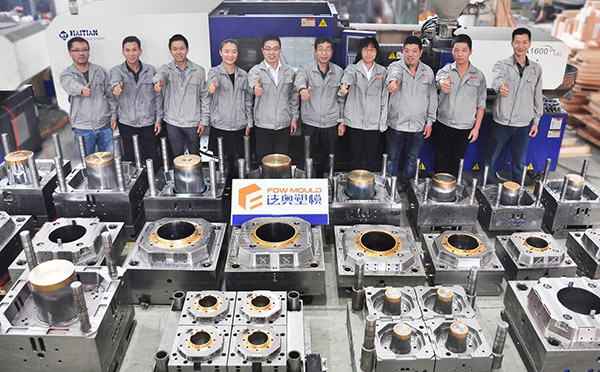
Conclusion
PETG injection molding is a technology that enables the manufacture of thick-walled, transparent products and allows for intricate design and detail presentation. Higher productivity and lower production costs can be realized compared to some other materials.
Don’t hesitate to start your own PETG injection molding project with FOWMOULD!
